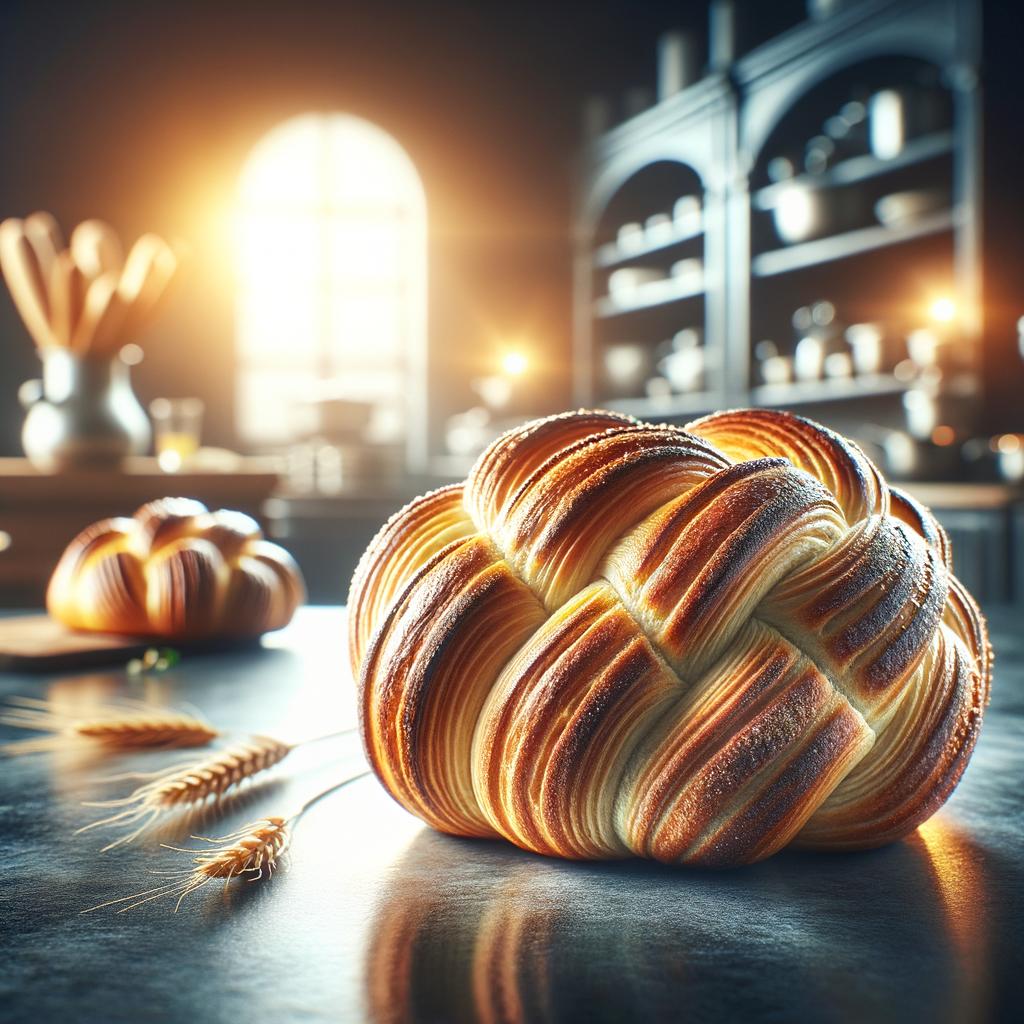Bolillo Rolls or French Bread

Description
Meet the Bolillo roll, a humble yet tasty staple of Mexican cuisine. This small, oval-shaped bread roll is characterized by its firm, crisp exterior and soft, fluffy interior, a delightful contrast that makes it a favorite among bread lovers. Its flavor profile is mildly sweet, with a distinct yeasty note that is both comforting and inviting. The Bolillo is unique in its simplicity, its shape resembling a football with a slit down the middle, setting it apart from other bread varieties.
Primary Uses
The Bolillo roll is a versatile bread, commonly used in a wide variety of dishes. One of its most famous uses is in the torta, a Mexican sandwich filled with an array of ingredients from meats to cheeses, beans, and salsas. It is also often hollowed out to make molletes, a dish where it's filled with refried beans and cheese then broiled. In addition to its culinary uses, the Bolillo roll plays a significant role in the Day of the Dead celebrations in Mexico, where it is shaped into human forms and used as offerings.
History
The Bolillo roll has a fascinating history, tracing its roots back to French intervention in Mexico in the 1860s. French soldiers introduced baguettes to Mexico, and the locals adapted the recipe to create the Bolillo. Over time, this bread roll has become a staple in Mexican households, its popularity undiminished by the passage of time. There's a charming tale that the roll's unique shape was inspired by the French army's boots, a testament to the creativity of the Mexican bakers.
Nutritional Information
The Bolillo roll, like most bread, is a good source of carbohydrates, providing energy for the body. It also contains some protein and minimal fat. While it may not be as nutrient-dense as whole grain bread, it does offer some B vitamins and iron. Consuming it in moderation can certainly be part of a balanced diet. Compared to the French baguette, the Bolillo roll has a softer texture and is often smaller in size, making portion control easier. It's a delicious testament to the enduring influence of food and culture, a piece of history in every bite.

